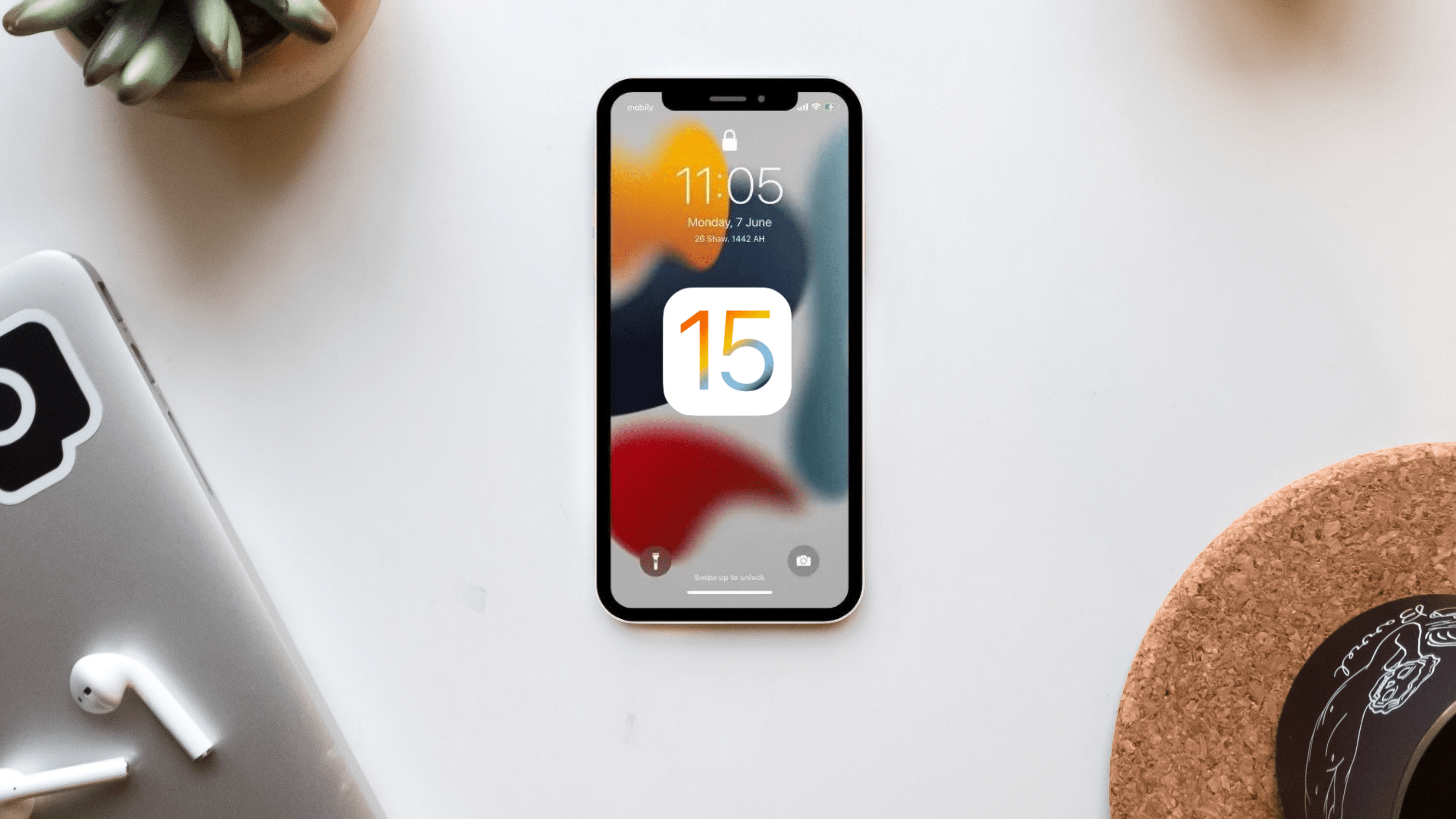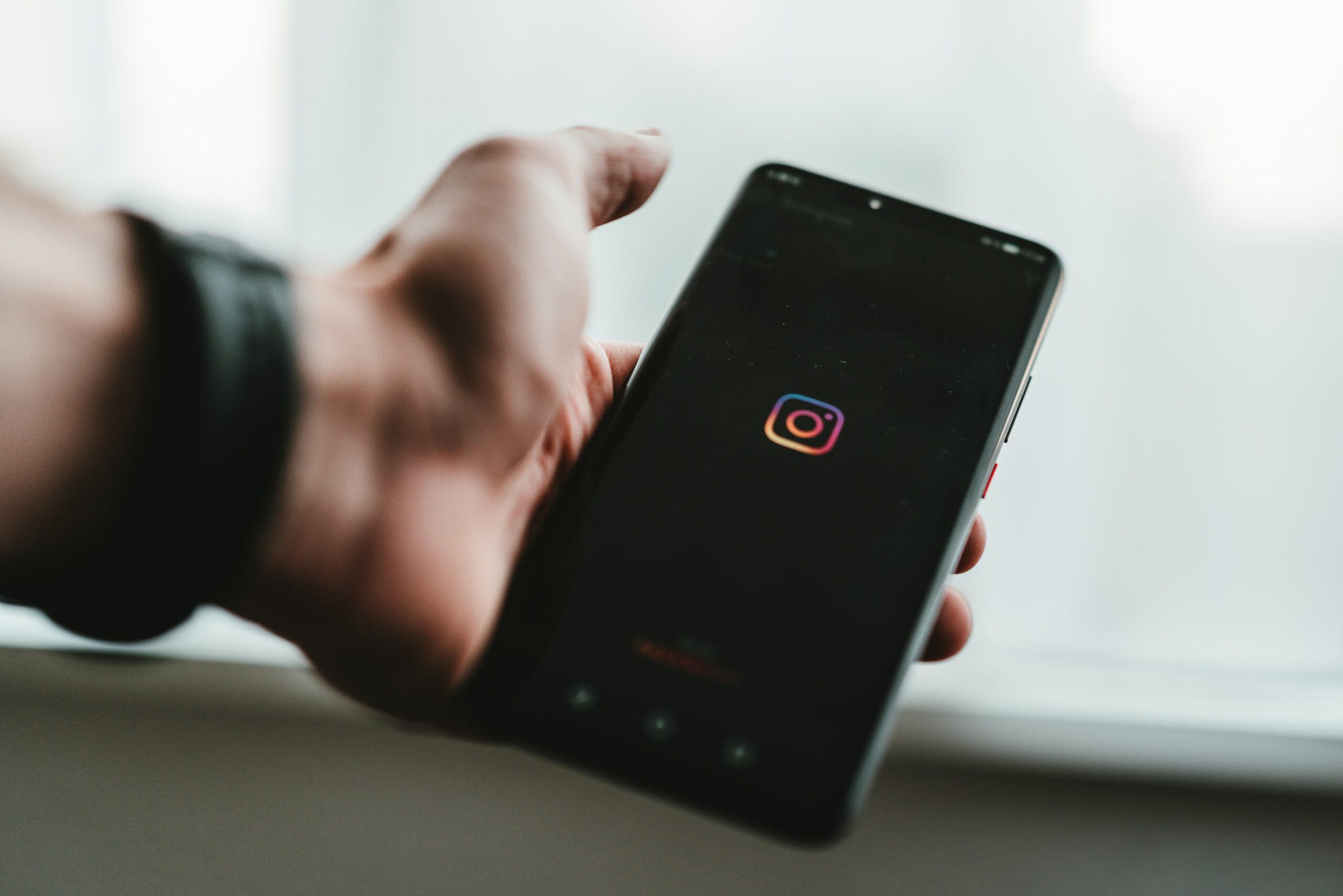Your relationship with your customers doesn’t end at the point of sale. Following on from purchase, your shoppers will expect a certain level of communication.
They will, for example, want to know that their order has been successful, the status of their order, and any other relevant updates.
With a post purchase follow up email, you can give your customers all of the information they need, all while boosting trust and forming stronger consumer bonds. Here’s how.

Why Do You Need a Post Purchase Follow Up Email?
With a well-written post purchase email, you can confirm key order details with your customers as soon as they submit their payment.
This affords them immediate peace of mind about the fact that you have received their money and you’re working on your order. It’s this sort of considerate customer service that wins long-term loyalty.
- The more a customer shops with a brand, the more likely they are to spend more money on their next purchase
- Loyal customers are also 50% more likely to refer a brand to friends and family.
Loyal customers are important. So, a post purchase follow up email can have wide-reaching, positive implications for your business.
What Can a Post Purchase Thank You Email Bring to a Store’s Profits?
Post purchase email campaigns have been known to give a company’s profits an impressive boost. This has to do with the impact that they have on customer loyalty and, by extension, customer retention.
Customer retention has a far better ROI than customer acquisition, and it costs five times less, too.
Use your post purchase follow up emails as part of your retention strategy, and you could see consistent profit growth as more of your customers become increasingly loyal.

When Does a Post Purchase Thank You Email Need to Be Sent and Why?
A post purchase follow up email loses impact the longer you wait to send it.
You see, your customers will likely be checking their inbox the moment they complete their purchase.
They’ll want to know that there were no glitches during the payment process and to have a record of all of their order and delivery details ASAP.
That’s why it’s important to set up automated flows. That way, as soon as a customer checks out, a pre-crafted post purchase follow up email will be sent straight to their inbox when they’re expecting it.
What Information Should a Post Purchase Follow Up Email Include?
A post purchase follow up email should include all of the following:
- Order details, including products purchased and total cost
- The estimated dispatch and delivery dates
- Customer service links in case the buyer has questions
- Any information they need to know about possible delays.
In addition, you could always include more memorable information. For example, you could use your post purchase follow up email as more of a post purchase thank you email.
Just ensure it contains all of the above information, and then take the opportunity to let the buyer know that their custom is appreciated.
Layout Tips
Including all of the key information is just one part of the formula for creating an eye-catching post purchase follow up email.
To maximize your impact, the layout and design features should all be visually appealing, too.
Remember that any email that lands in a person’s inbox, even ones consumers actively want to read, will all be competing for the reader’s attention.
Make sure your emails are memorable and recognizably from your brand.
- Incorporate relevant graphics and images of related products to break up the text
- Make good use of your brand’s color scheme for the background, font, and other visual features
- Try not to make your email overstimulating or, worse, garish. You want your customers to remember you for all the right reasons. So, think simple and effective.
Perfecting the Post Purchase Follow Up Email
Whether you choose to approach it as a post purchase follow up email or a post purchase thank you email, there is plenty that you can do to make yours appealing to your target markets.
- Make a good impression through the use of automation
- Include all of the right information
- Put in good use your business’s branding.
Manage to do so effectively, and your company is likely to see improved customer loyalty that translates into improved profits.
To Learn More about Post Purchase Approaches







